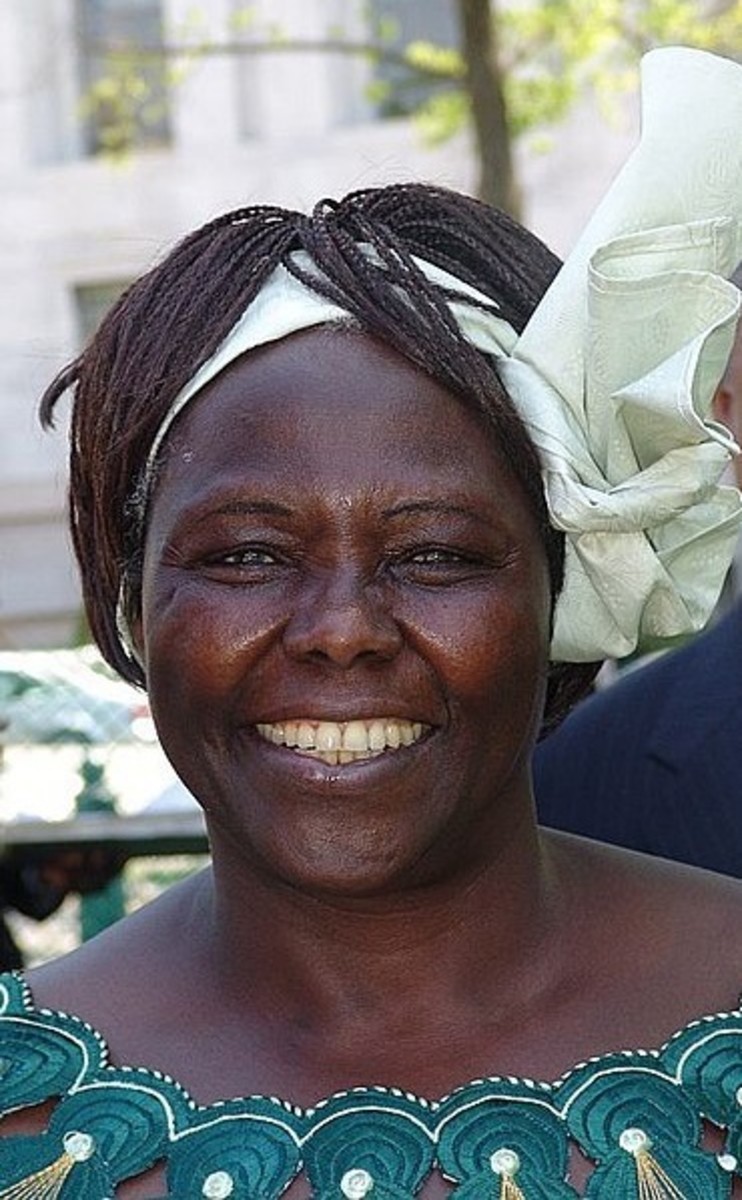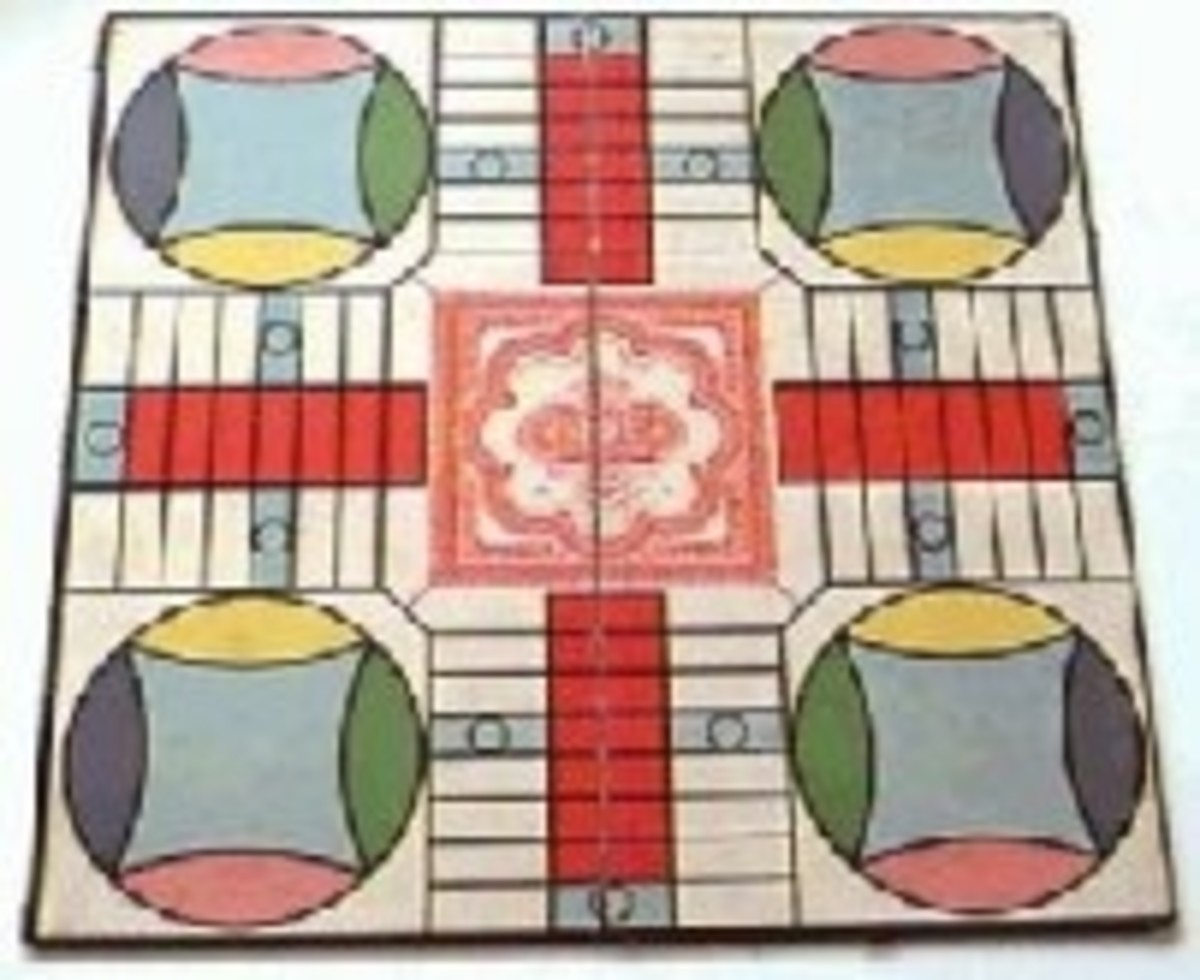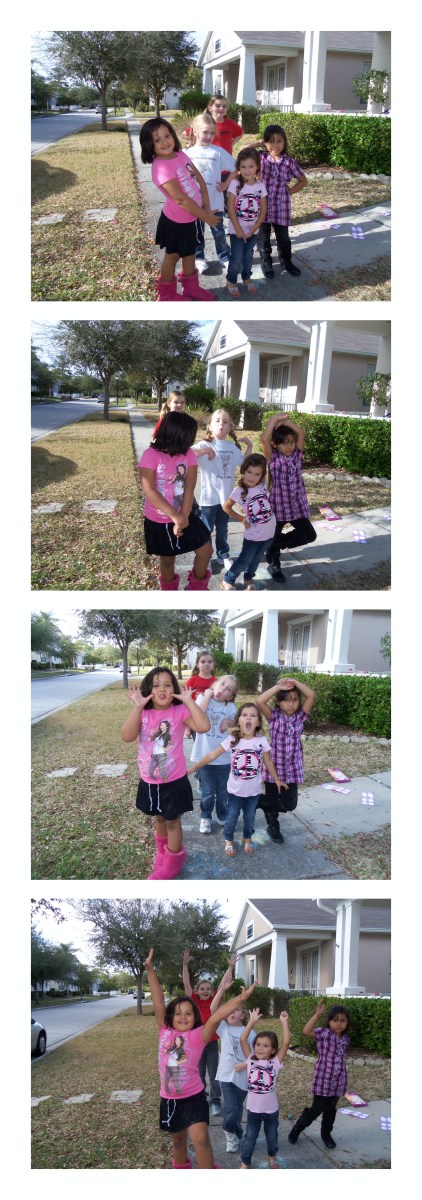How Anyone Can Ignore Swimming Pool Safety
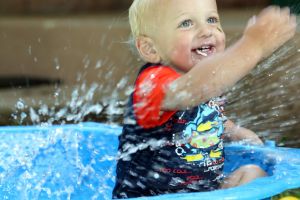
If you are a pool owner then it is your obligation to learn swimming pool safety. If you already know, it would be wise to refresh your memory every summer before you open the pool. It is well after Memorial Day and headlines are already appearing about kids being seriously injured or killed in residential backyard swimming pools. Let your backyard and pool area be a place for fun and enjoyment rather than a source of sorrow from an injury or a tragedy.
A drowning child can lead to a silent death. There’s no splashing to alert you that your child may be in harms way. I think we’ve all experienced a scare at one time or another, whether it was your child or the child of a friend. Let that scare serve you as a timely reminder that swimming pool safety is something to be taken very seriously. It is your obligation to provide your children and pets with the protection they so rightly deserve.
Warning! Don’t Let This Happen To You
Quite some time ago, my cousin had a repairman come by to repair her backyard swimming pool. Upon completing the job he came in through the backdoor to explain the repairs he made. As they walked toward the frontdoor, where the repairman’s car was parked outside, they stopped to chat a few minutes more.
After saying their goodbyes, my cousin called to her 2-year-old son, her only child, who disappeared from sight. No answer! She immediately raced out the backdoor to the pool. She knew that was the first place to look. There, to her horror, was her little boy at the bottom of the deep water.
I am filled with sorrow to tell you this story does not have a happy ending. The repairman forgot to close the gate behind him. If only the gate had a self-closing and self-latching feature and a backdoor alarm, this tragedy would never have happened. Layers of protection is the key to your child’s safety.
By following the swimming pool safety tips below you can prevent this from happening to you.
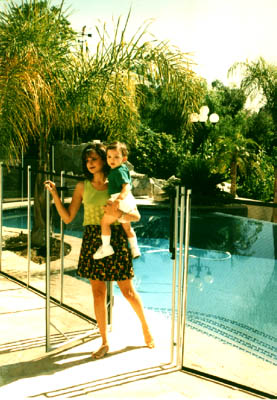
Swimming Pool Safety Alert
Issued by the U.S. Consumer Product Safety Commission (CPSC)
*** FENCES & GATES ***
- Install a fence or other barrier, such as a wall, completely around the pool. If the house is part of the barrier, the doors leading from the house to the pool should be protected with an alarm or the pool should have a power safety cover. Alarm and cover details are below.
- The fence or other barrier should be at least 4 feet high. It should have no foot or handholds that could help a young child to climb it.
- Vertical fence slats should be less than 4 inches apart to prevent a child from squeezing through.
Use this as a guide when the release mechanism is located less than 54 inches from the bottom of the gate.
- If horizontal members are equal to or more than 45 inches apart, vertical spacing shall not exceed 4 inches.
- If the fence is chain link, then no part of the diamond-shaped opening should be larger than 1-3/4 inches.
- Fence gates should be self-closing and self-latching. The gate should be well maintained to close and latch easily. The latch should be out of a child's reach.
When the release mechanism of the self-latching device is less than 54 inches from the bottom of the gate, the release mechanism for the gate should be at least 3 inches below the top of the gate on the side facing the pool. Placing the release mechanism at this height prevents a young child from reaching over the top of a gate and releasing the latch. Also, the gate and barrier should have no opening greater than 1/2 inch within 18 inches of the latch release mechanism. This prevents a young child from reaching through the gate and releasing the latch.
There are a wide variety of fencing construction materials available to compliment your house and pool surroundings. Your local fence company or pool enclosure company can provide you with information and assist you in making a selection.
The weak link in the strongest and highest fence is a gate that fails to close and latch completely. For a gate to close completely every time, it must be in proper working order.
*** DOOR ALARMS ***
- If the house forms one side of the barrier, then doors leading from the house to the pool should be protected with alarms that produce an audible sound when a door is unexpectedly opened.
- Install an alarm that can be temporarily turned off by an adult for a single opening of the door by using a keypad or switch that is out of a child's reach.
Battery and electrically powered alarms are available. The key pad switch can be used by adults who wish to pass through the door without setting off the alarm. It should be placed high on all doors leading from the house to the pool. Affordable and easily installed alarms are available. An alarm signal immediately tells a parent that a door has been opened.
Automatic Pool Cover
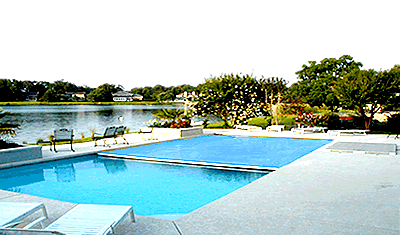
*** POWER SAFETY COVERS ***
Power safety covers over the pool may be used as an alternative to door alarms. A power safety cover should meet the requirements of the ASTM pool cover standard which addresses labeling requirements and performance. ASTM requires that a cover withstand the weight of two adults and a child to allow a rescue should an individual fall onto the cover. The standard also requires quick removal of water from the cover. A young child can drown in just inches of water.
A power safety cover is a motor powered barrier that can be placed over the water area. Motor-driven covers easily open and close over the pool. When the power safety cover is properly in place over the pool, it provides a high level of safety for children under 5 years old by inhibiting their access to the water.
*** ABOVE-GROUND POOLS ***
- Steps and ladders leading from the ground to the pool should be secured and locked, or removed when the pool is not in use.
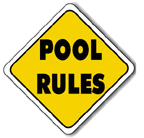
*** RULES FOR POOLS ***
- Instruct babysitters about potential pool hazards to young children and about the use of protective devices, such as door alarms and latches. Emphasize the need for constant supervision.
- Never leave a child unsupervised near a pool. During social gatherings at or near a pool, appoint a "designated watcher" to protect young children from pool accidents. Adults may take turns being the "watcher." When adults become preoccupied, children are at risk.
- If a child is missing, check the pool first. Seconds count in preventing death or disability. Go to the edge of the pool and scan the entire pool, bottom and surface, as well as the pool area.
- Do not allow a young child in the pool without an adult.
- Do not consider young children to be drownproof because they have had swimming lessons. Children must be watched closely while swimming.
- Do not use flotation devices as a substitute for supervision.
- Learn CPR (cardiopulmonary resuscitation). Babysitters and other caretakers, such as grandparents and older siblings, should also know CPR.
- Keep rescue equipment by the pool. Be sure a telephone is poolside with emergency numbers posted nearby.
- Remove toys from in and around the pool when it is not in use. Toys can attract young children to the pool.
- Never prop open the gate to a pool barrier.
NOTE: To obtain detailed barrier recommendations, write CPSC, Pool Barriers, Office of Information & Public Affairs, Washington, DC 20207.
More Swimming Pool Safety Tips
Filters, Pumps and Other Mechanical Parts
One aspect of pool care and safety that many neglect to consider is the maintenance of their pool filters, pumps and other mechanical parts. These parts, all of them electronic in some fashion, can cause injury or death if not used carefully. A pump with a soured cable, for example, can cause electric shock to those using and working with it. Read all safety warnings and keep them out of the reach of children.
First-Aid Kits
First-aid kits are a must by any pool. First-aid kits should be constantly re-stocked and have all pertinent items needed for pool and other backyard emergencies.
Chlorine and Other Pool Chemicals
One of the most important things you need to do when you have a pool is to make sure that you keep all the pool chemicals and toxic materials used to keep the pool clean out of the reach of children. These chemicals are very dangerous, and should be treated as such.
Life Jackets and Ring Buoys
Life jackets and ring buoys are two important types of flotation devices commonly found around residential pools. Lifejackets should properly fit the person wearing it and be in a good and safe condition. Lifejackets should be tight fitting and not be able to slip off and should be approved by the Coast Guard. Ring Buoys are round flotation devices that have a long rope or line attached. Ring buoys are used to retrieve someone from the water in the event of an emergency. They are available in different sizes and colors and should also be approved by the Coast Guard.
Last, But Not Least
The majority of parents who had children involved in swimming pool accidents, according to government statistics, were responsible people who thought it could never happen to their family. To ensure swimming pool safety, provide layers of protection and be observant. Watch what your kids are up to, and supervise their activities. Never leave them alone even for one second.







